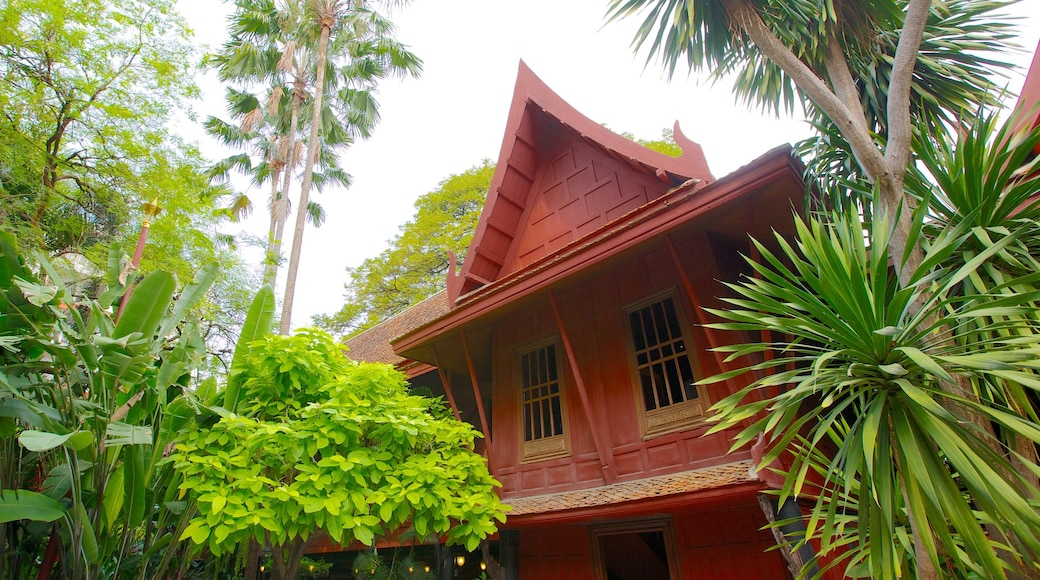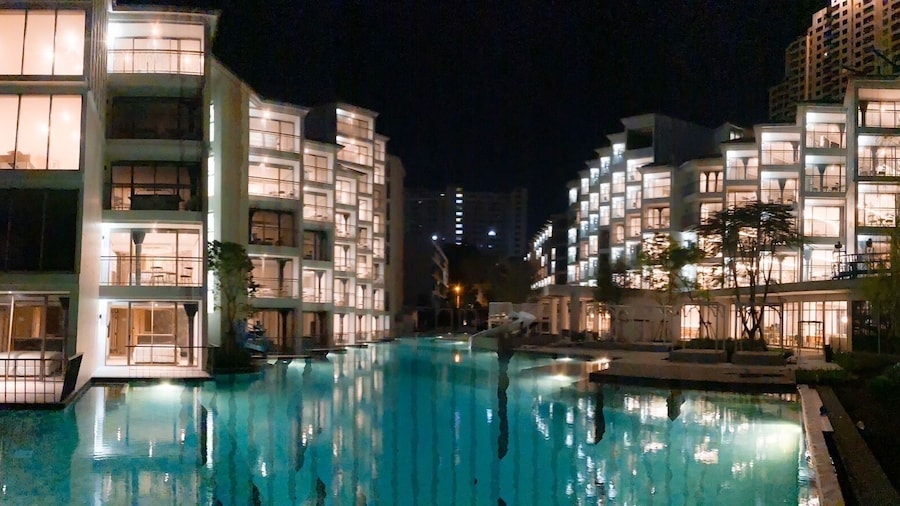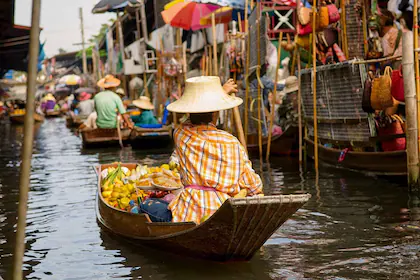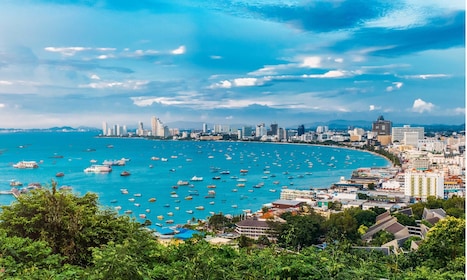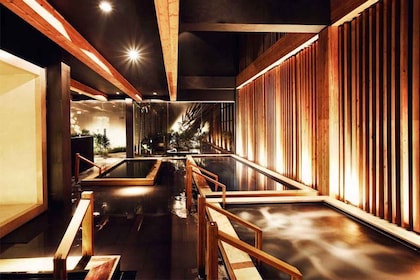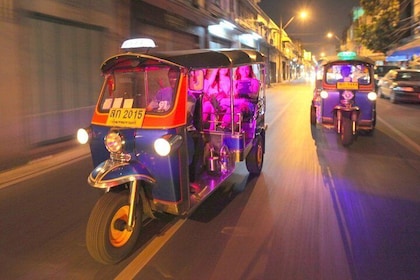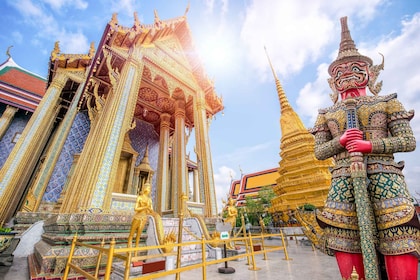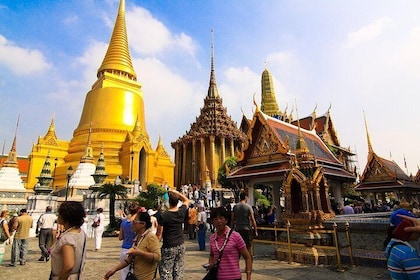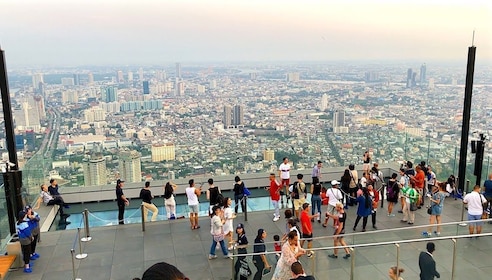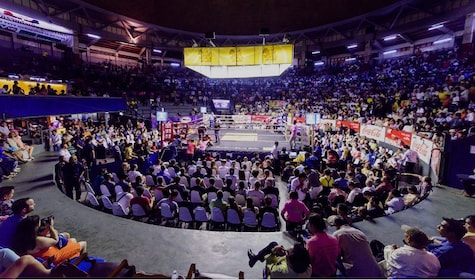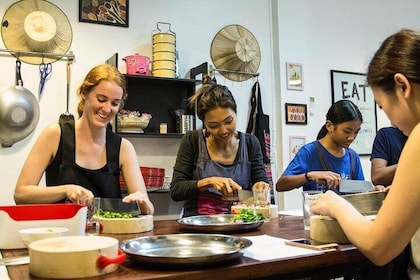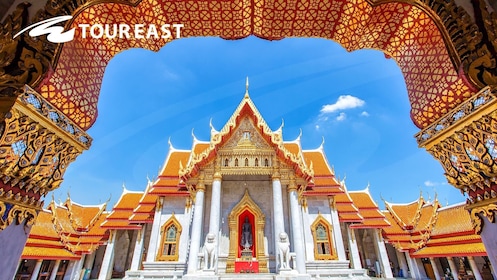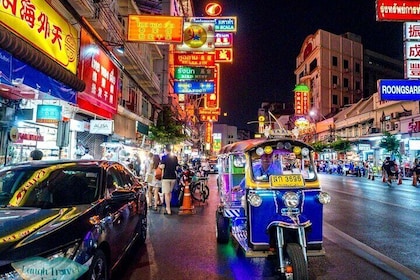A stunning house and art collection that belonged to an American ex-pat who helped rediscover the lost art of silk making, before his mysterious disappearance.
The home of one of Bangkok’s most intriguing “farangs” (foreigners), the Jim Thompson house is an eclectic mix of Western and Eastern style influences contained in a beautiful teak Thai house. An American architect, art collector and silk entrepreneur, James Harrison Wilson Thompson had an incredible eye for detail and a unique taste that is evident throughout the museum.
Born in Delaware in 1906, Jim Thompson moved to Bangkok after serving in Thailand during the Second World War. He came to do business, almost single-handedly resurrecting the Thai silk trade and earning the prestigious Order of the White Elephant for services to Thailand. He disappeared while on holiday in the Malaysian highlands in the mid-sixties and to this day no one knows what became of him.
The house was built in the late fifties using a traditional Thai technique – all of the teak wood has been put together without the use of nails. Thompson was faithful to a number of Thai architectural traditions, including a raised first level and walls that lean slightly inwards. There are six houses in total, each connected by elegant curved roofs.
Exploring the house gives you a unique insight into Thompson’s character, with countless antiques, Asian art and religious sculptures all resulting in an eclectic but beautiful space. There are intricate hangings that depict various stages of the Buddha’s life on the walls. It’s no easy feat to combine Thai Buddhist imagery with expensive Italian tiling and European chandeliers, but Thompson managed to pull it off with skill and style. The house has a restaurant and wine bar as well as a shop that sells items from the Jim Thompson silk company. Wander up to the first floor to enjoy temporary art exhibits at the Jim Thompson Centre for Arts.
Open daily, the Jim Thompson House is located opposite the National Stadium and can be reached by taxi, tuk-tuk or Skytrain (get off at National Stadium). The entrance fee includes a 35 minute tour of the house.
